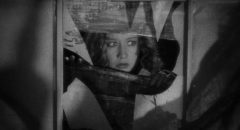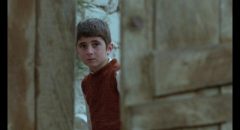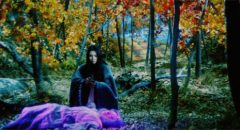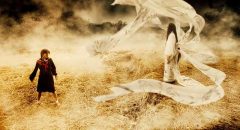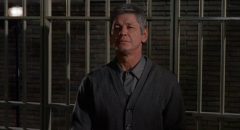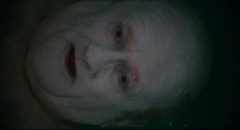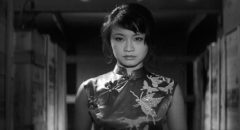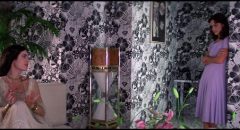
We tend to feel superior to the styles, attitudes and behaviour of earlier generations, forgetting that we’ll probably look ridiculous to those who come after us. Two Kino Lorber Blu-rays, Julian Roffman’s The Bloody Brood (1959) and Robert Thom’s Cult of the Damned (1969), offer interesting time capsules.
